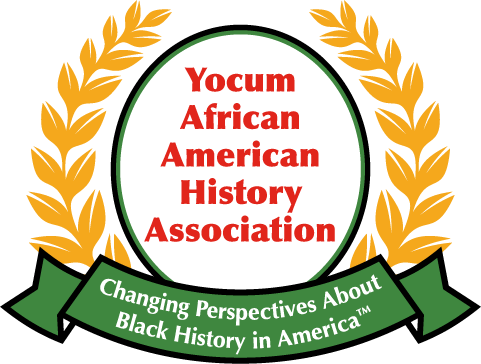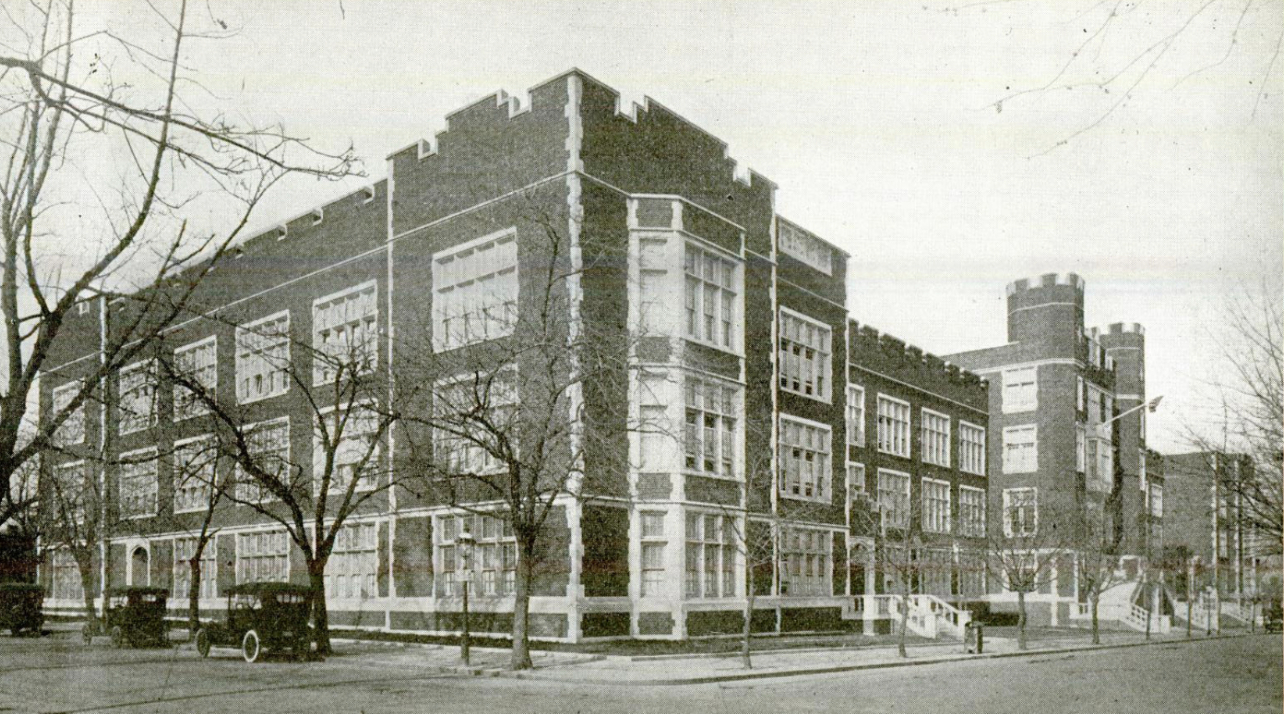What was it about the early decades of Dunbar High School in D.C. that turned out the “first black who” pioneered in several fields who came from this school? Let’s look at Dunbar’s history.
It was first known as the Preparatory High School for Colored Youth and opened its doors in 1870 in the basement of the Fifteenth Street Presbyterian Church with four students. As the school continued to grow, it operated from 1891-1916 as M Street High School. By 1916, the school became known as Dunbar High School and had a self-selection system. These students were serious about meeting the high academic standards. This seriousness of academics went back to the early principals, like Mary Jane Patterson, who was the first black woman in America to receive a college degree from Oberlin College in 1862.
These early principals and teachers, who at the time could not get employment at other schools, began teaching with advanced degrees at Dunbar. Most children’s parents were neither wealthy nor elite; they were working-class laborers, janitors, and messengers. Nevertheless, the standards were high, and if you failed to produce, there were other schools you could attend.
The success of M Street and Dunbar from 1892 to 1954 turned out Phi Beta Kappa graduates from Amherst, Harvard, Yale, Williams, Cornell, Dartmouth, and other elite institutions. So, what happened to Dunbar in the following decades? It seems that after Brown v. Board of Education in 1954, the push was to make all schools neighborhood schools. That changed the whole character of the student body, and kids less motivated and more disruptive attended Dunbar.
Good education does not mean more expenditure per pupil. The District of Columbia spends more money per pupil than most but has some of the lowest test scores. Higher educational standards are being met today at Success Academy and KIPP Charter Schools. These students that attend these schools are considered low-income minority children, and yet their test scores, attendance, and other data prove that high standards are the keys to good education.
The tone for Dunbar was set by a poem by Paul Laurence Dunbar, for whom the school was named.
Keep a-pluggin’ away,
Perseverance still is king;
Time its sure reward will bring;
Work and wait unwearying –
Keep a-pluggin’ away.

